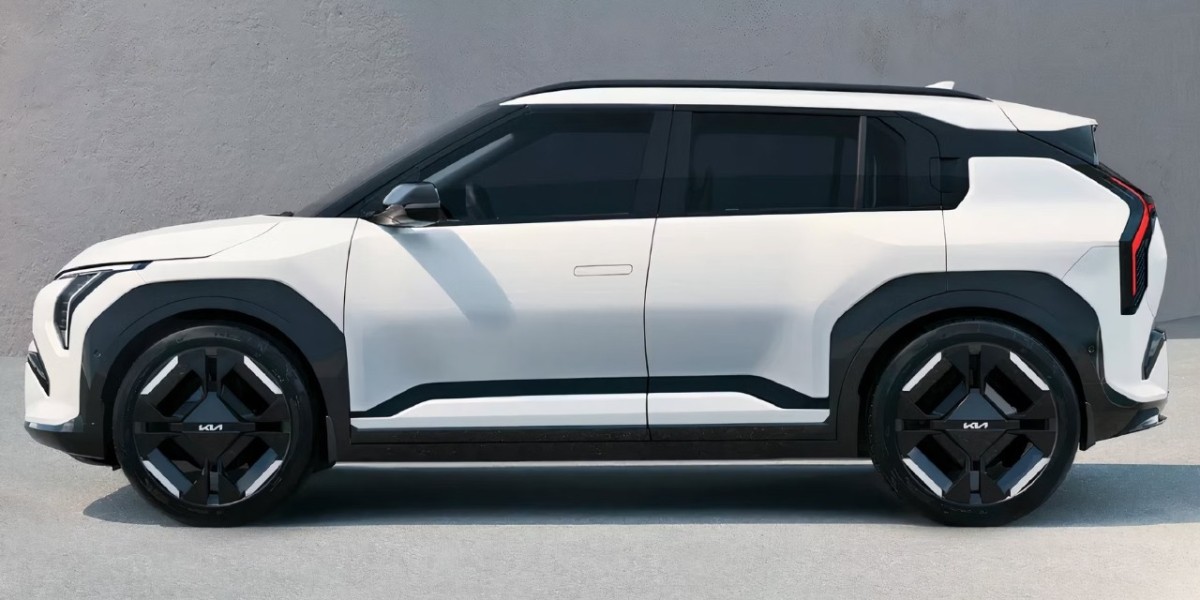The automotive industry continues to evolve rapidly, with groundbreaking innovations reshaping how we think about driving and sustainability. As we move into 2024, various new technologies are emerging, promising to enhance safety, efficiency, and environmental responsibility.
Among these developments, hydrogen-powered cars are making waves as a viable alternative to traditional gasoline-powered vehicles and electric cars. In this guide, we’ll explore the latest car technology you should know about in 2024 and how it’s shaping the future of driving.
1. Hydrogen-Powered Cars: A Game Changer for Green Driving
While electric vehicles (EVs) have dominated the conversation around green driving for years, hydrogen-powered cars are now gaining significant attention. These vehicles use hydrogen fuel cells to generate electricity, emitting only water vapor as a byproduct.
Hydrogen-powered cars provide many of the same benefits as EVs, such as reduced emissions, but with the added advantage of faster refueling times and longer driving ranges.
Key benefits of hydrogen-powered cars:
- Zero Emissions: Hydrogen-powered vehicles emit only water vapor, making them a cleaner alternative to gasoline and diesel cars.
- Quick Refueling: Unlike electric cars, which can take hours to recharge, hydrogen cars can be refueled in just a few minutes.
- Longer Range: Hydrogen fuel cells can store more energy than traditional batteries, allowing for longer trips without frequent refueling.
In 2024, several major automakers, including Toyota, Hyundai, and BMW, are investing heavily in hydrogen fuel-cell technology, with plans to release more models that utilize hydrogen power.
2. Autonomous Driving: A Step Closer to Reality
Autonomous or self-driving cars have been a hot topic for years, but 2024 marks significant progress in making this futuristic technology more mainstream.
With advancements in artificial intelligence (AI) and sensor technology, cars are becoming more capable of driving themselves under certain conditions. Automakers like Tesla, Waymo, and GM are pushing the boundaries of what’s possible with autonomous driving systems.
Benefits of autonomous driving:
- Increased Safety: By reducing human error, which is responsible for most traffic accidents, autonomous vehicles could dramatically improve road safety.
- Convenience: Autonomous driving offers the potential for stress-free commutes, allowing passengers to relax or focus on other tasks.
- Traffic Management: Advanced AI could help optimize traffic flow and reduce congestion in busy urban areas.
Though full autonomy is still a few years away, features like adaptive cruise control, lane-keeping assistance, and automated parking are becoming standard in new cars.
3. Vehicle-to-Everything (V2X) Communication
One of the most exciting technologies in 2024 is Vehicle-to-Everything (V2X) communication, which allows cars to interact with other vehicles, infrastructure, and even pedestrians.
V2X technology enables real-time data sharing, helping drivers avoid accidents and navigate more efficiently. For example, a car could receive information from traffic lights to optimize speed and reduce stops, or from other vehicles to avoid collisions at intersections.
Advantages of V2X communication:
- Improved Safety: By providing drivers with real-time alerts about potential hazards, V2X can help prevent accidents before they happen.
- Traffic Efficiency: V2X can reduce traffic congestion by optimizing the flow of vehicles, especially in high-traffic areas.
- Energy Savings: By reducing the number of stops and starts, V2X can help drivers save fuel and reduce their carbon footprint.
This technology is still in the early stages of development, but by 2024, we expect to see it becoming more integrated into smart cities and advanced vehicle systems.
4. Electric Vehicles (EVs): Continued Growth and Innovation
Although hydrogen-powered cars are gaining momentum, electric vehicles remain at the forefront of green transportation. In 2024, we can expect even more innovations in the EV space, with improvements in battery technology, charging infrastructure, and affordability.
Automakers like Tesla, Rivian, and Ford are leading the charge with new electric models that cater to a wide range of consumer needs, from affordable family cars to high-performance electric trucks.
What’s new in EVs for 2024?
- Longer Battery Life: New battery technology is extending the driving range of EVs, making them more practical for long-distance travel.
- Faster Charging: Ultra-fast chargers are becoming more widespread, allowing drivers to recharge their EVs in minutes rather than hours.
- More Models: With more automakers entering the EV market, consumers will have a wider selection of electric vehicles to choose from in 2024.
Conclusion
As the automotive industry embraces these cutting-edge technologies, the way we drive is evolving at an unprecedented pace. From hydrogen-powered cars that offer zero emissions and fast refueling to the ongoing advancements in autonomous driving and V2X communication, 2024 is shaping up to be a transformative year for the future of transportation.
Whether you’re excited about the potential of hydrogen technology or looking forward to safer roads with autonomous vehicles, the future of driving has never looked brighter.










